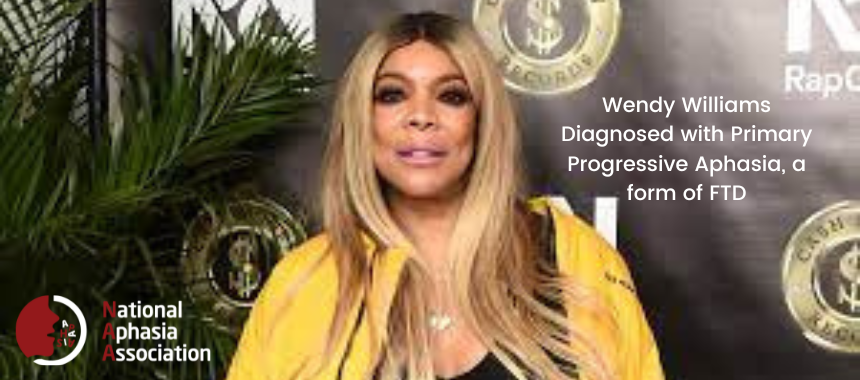Aphasia keeps popping up in the news––either in personal stories as individuals treat their aphasia or in research stories. We’ve rounded up a few that we’ve shared on social media in the past few weeks as well as a few new ones that came into our inbox recently.
Aphasia and the Arts
Art Ability is an eight-week exhibit at Bryn Mawr Rehab that showcases 450 pieces. Those 450 pieces are culled from over 2000 submissions “from a global pool of artists with cognitive, physical, visual and hearing disabilities.” Many pieces of art are sold during the run, and last year’s sales brought in $50,000––mostly for the artists but a percentage was funneled back into the program.
MainLine Today’s article features an artist in the exhibit with primary progressive aphasia:
Coral-colored canal houses line one side of a bridge that stands over water tinged with lavender and light-blue reflections from the sky. The bridge bisects the scene, separating the water from the houses above. The artist behind this beautiful painting suffers from primary progressive aphasia. Much like the bridge in his painting, PPA separates him from family, friends and the rest of society … But Dr. Michael Heitler can think, eat and create something as impressive as ‘Canal Houses in Amsterdam I.’
You can see the exhibit in Pennsylvania until January 26, 2020.
A Personal Story About PPA
Primary progressive aphasia also showed up in a piece that an editor of the University of Southern Maine wrote about her grandfather’s PPA. She writes,
It started with minor verbal slip-ups. Forgotten names. Rambling sentences. Gradually, the little things became long voicemail messages and persistent confusion. I haven’t heard my grandfather say my name in a few years. He knows me as ‘that girl in that city.’ … His inability to remember my name does not change how much I love him.
It’s a beautiful piece about PPA through the eyes of a granddaughter who loves her grandfather very much.
A New Test to Diagnose Aphasia
The University of Iowa is reporting on a new tool for diagnosing aphasia. A fellow-in-residence at the university is addressing issues with diagnosis “by developing a new method to assess fluency, tentatively called the Iowa Fluency Test.”
How does this test work? According to the article:
A clinician using the aptly nicknamed “IF Test” would ask a person with aphasia to perform a number of verbal tasks, then take several different measurements—some objective and some subjective—that collectively pinpoint the patient’s most significant language difficulties. Knowledge of those specific deficits, then—rather than a label referring to a general category of aphasia—would guide any subsequent therapy, hopefully making it more effective.
Read the piece for more information.
Other Articles Posts
- Interesting new post-stroke research on repeating words and aphasia.
- More from one of our favourite aphasia advocates––actresss, Emilia Clarke from Game of Thrones.
- Aim High for Aphasia is an awareness campaign working to educate the world about aphasia. Watch this video from Tom, a stroke survivor.
- Are you in an aphasia reading club?
- A story about one couple’s experience with aphasia.
What interesting things have you read recently about aphasia?



